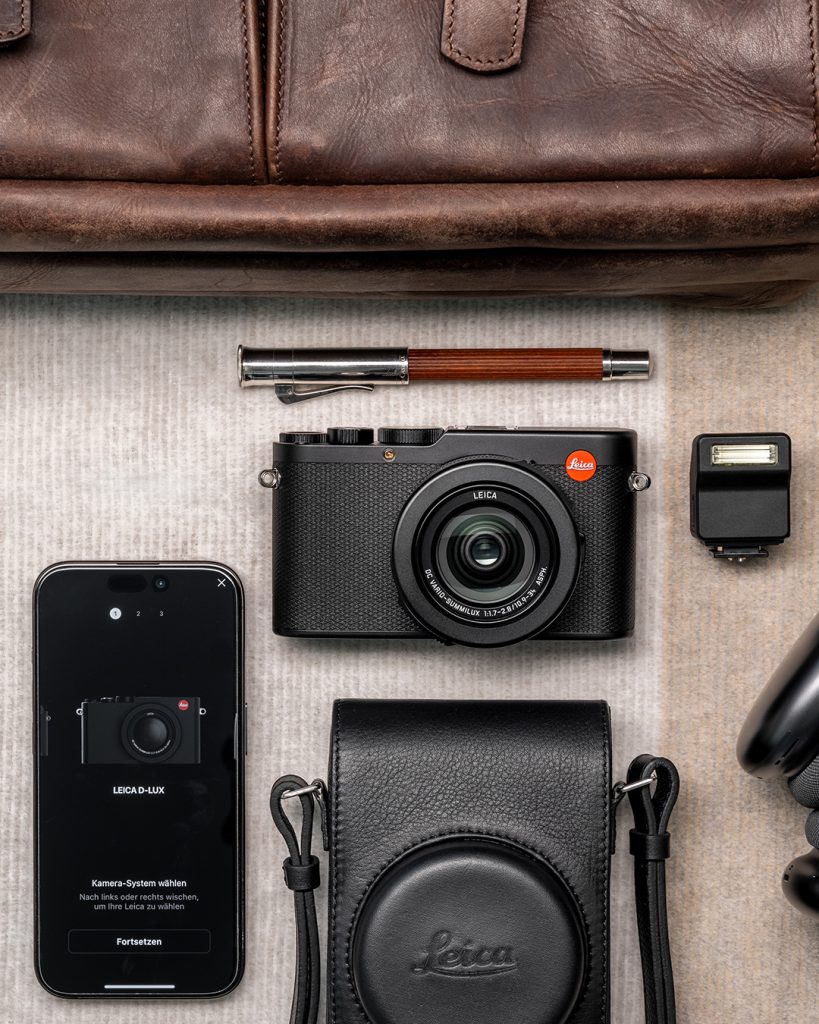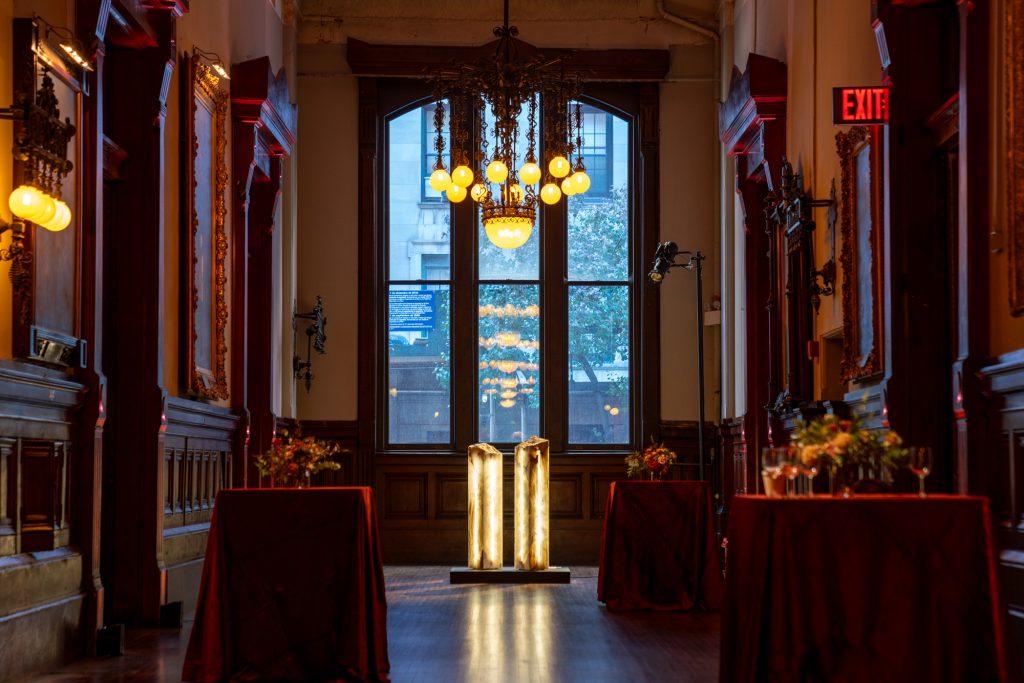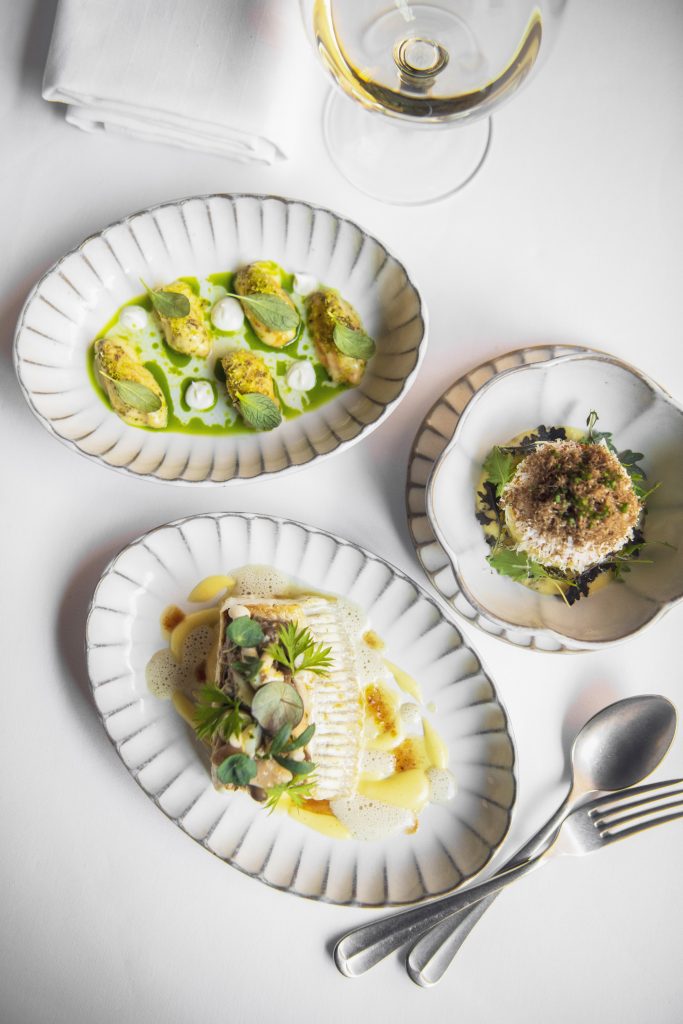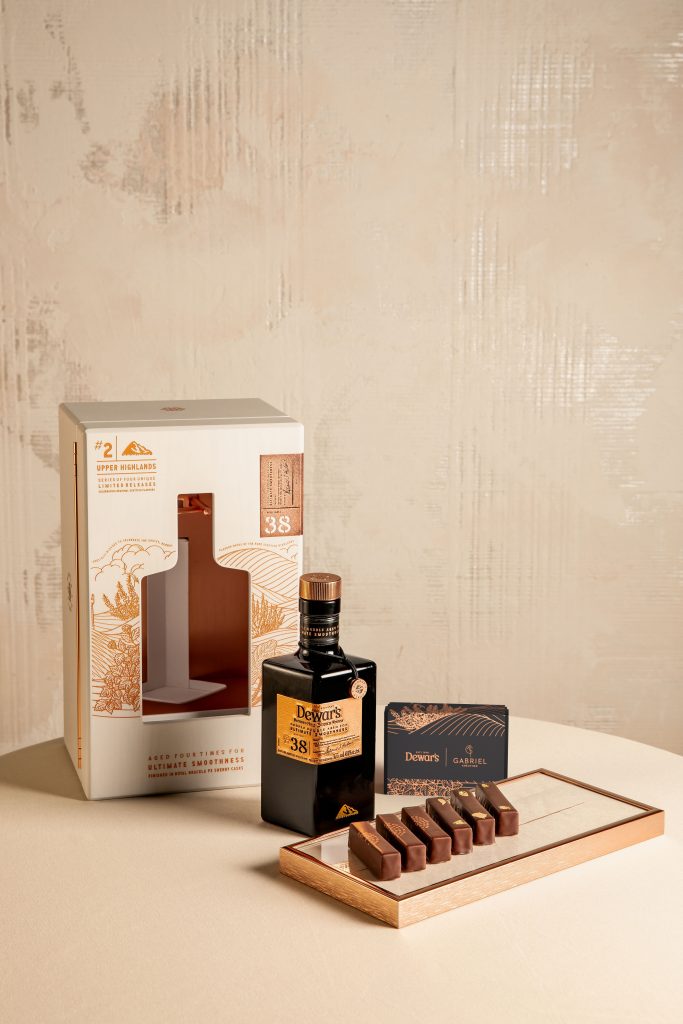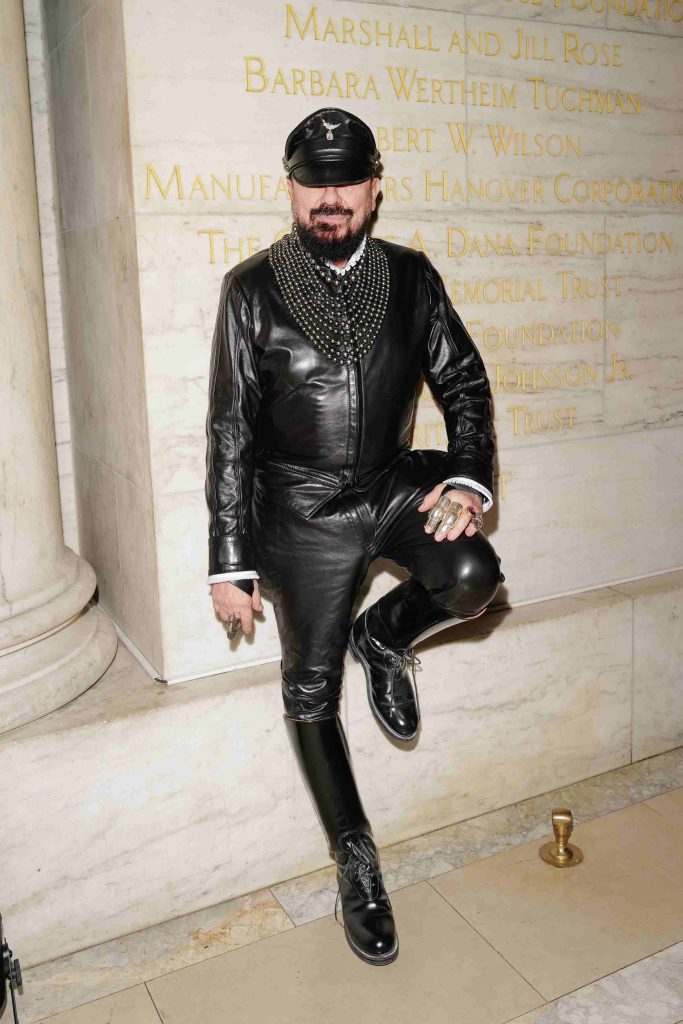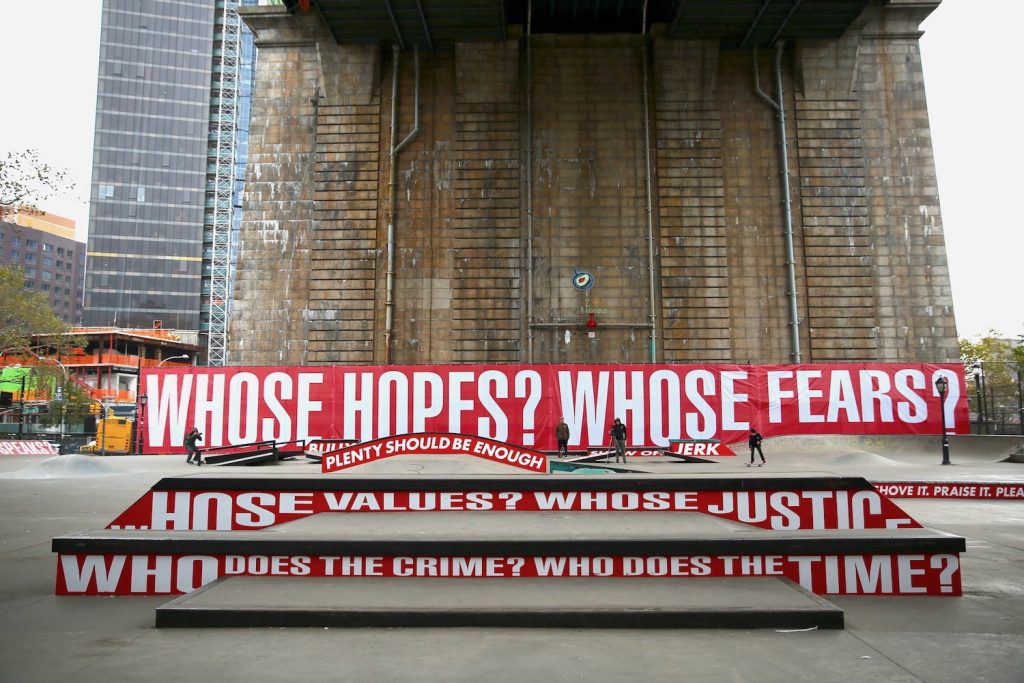Word of Mouth: Marrakech
The most-visited city in Morocco has reopened and is as vibrant as ever

Except for a brief two-month period last year, Morocco‘s borders were closed from February 2020 until February 2022. We arrived in Marrakech—the country’s fourth largest and most-visited city—just three days after the country reopened to travelers, and found a place with few tourists, but awash with parties, exhibitions and a visceral vibrancy. The art scene here is in full bloom—as the local creative community used the enforced downtime as an opportunity to cross-pollinate at communal creative spaces—and galleries, stores, bars and restaurants are bustling once more. While there are certain essentials for any visit to Marrakech (including Jardin Majorelle, the YSL Museum and a wander through the medina), here are a few more of our current favorite spots to enjoy the city’s inimitable energy.

Riad Sakkan
Riad Sakkan (which opened only a short time before the onset of the pandemic) provides a tranquil home base in the bustling city. It’s perfectly located inside the old medina walls—take a right out of the heavy twin doors and guests are a one-minute walk to Bab Laksour gate, close to nightlife and restaurants nestled atop the exterior wall, as well as cabs for getting around the greater city. A turn left leads to narrow alleyways and the bright shops in the souk. Owned by a Belgian couple who spent 1.5 years renovating the original building (part of which dates to the 17th century) it comprises 12 style-forward guest rooms, each with a unique configuration and modern Moroccan decor. There’s a pool in the below-ground courtyard, two private terraces with views to the city ideal for taking in the mid-morning sun, and dining on the massive terrace. The property attracts design enthusiasts who appreciate the blend of tradition and modernity, including the provocative photographs throughout, by the late Marc Lagrange, many shot on location in Morocco.
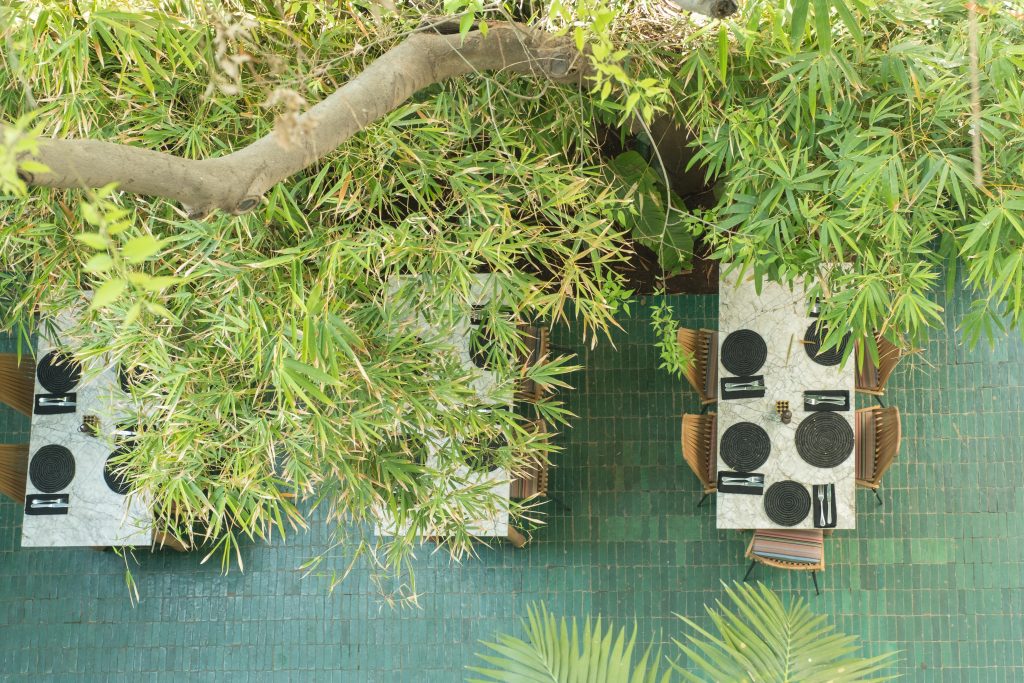
Le Jardin
The medina has always been a colorful, chaotic labyrinth, but two years without tourists has meant motorbikes and scooters can be seen careening through its serpentine spaces, leaving pedestrians to scramble out of the way. As such, a moment of respite is even more welcome at the café and restaurant Le Jardin, near the crossroads of the medina’s arteries. Behind a small green wooden door sits a massive courtyard with a huge tree growing at its center and foliage everywhere. Seating is available in the ground-level courtyard and on the twin terraces above. Le Jardin is one of the few places in the medina that serves breakfast, starting at 10AM, and provides an ideal locale for a timeout coffee or before-dinner apero.

Le 18
The center of Marrakech’s art scene was held together over the past two years—local artists often tell us—by the communal, multidisciplinary art space Le 18. Opened in 2013 by visual artist Laila Hida, the three-story riad hosts rotating exhibits of Moroccan films, photography and performance art. Whether or not it is currently featuring a show, Hida and fellow artists keep the space staffed every day and encourage creatives from around the world to come in, present ideas and collaborate. Hida says that the local art scene is best supported by bridging it to the international cultural world, and for anyone looking for a way into the creative world that is Marrakech, Le 18 is the best way in.
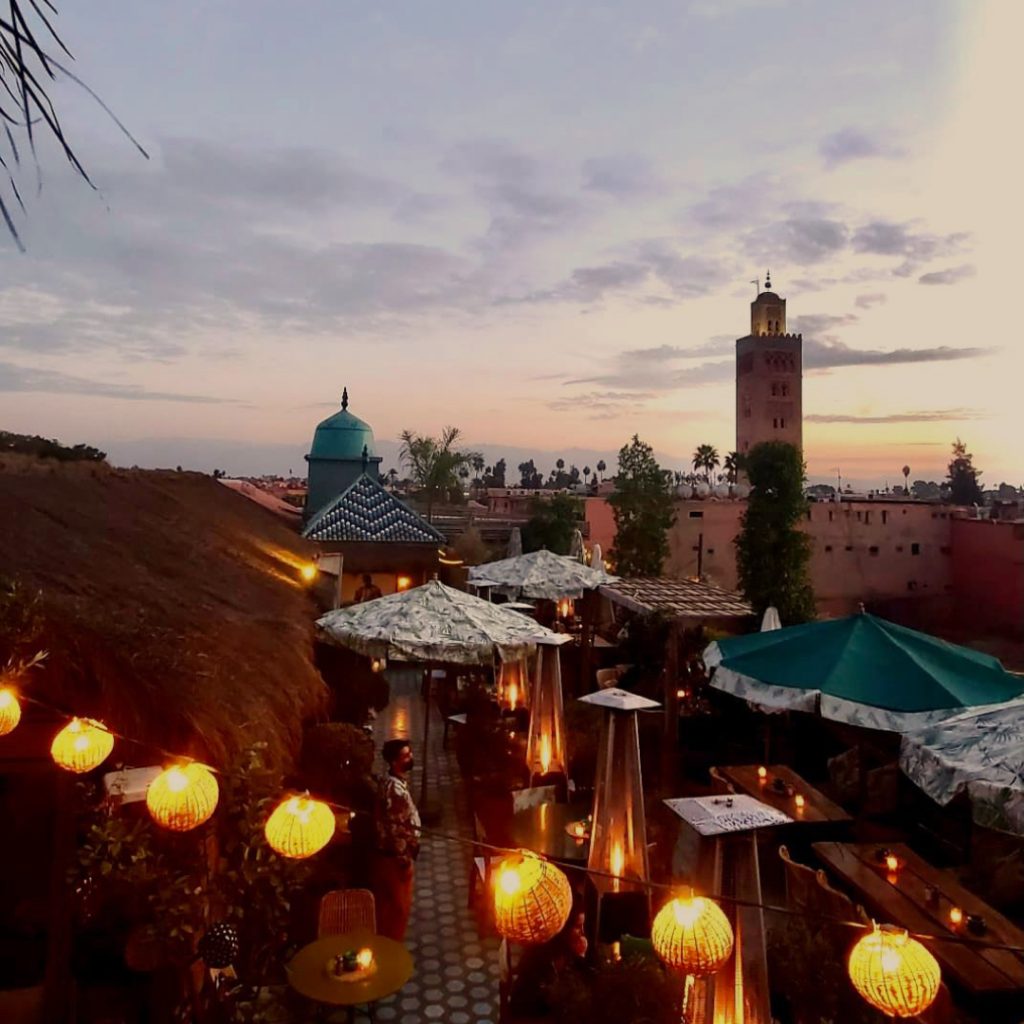
Kabana
A rooftop bar and restaurant, Kabana is situated on the exterior wall of the medina near Bab Laksour gate, so it isn’t subject to the nighttime noise ordinances that affect spots properly inside the medina. There’s inside dining, but the heart of Kabana is the outdoor terrace, with views to the west of the setting sun. There’s a small dance floor, with very good local DJs on weekend nights, and music pulsating from early evening until it shuts down around 2AM. The food—an eclectic mélange of Latin, Mediterranean and Japanese dishes—is second to the overall vibe. It’s an ideal spot for the last drink of the night.

Le Kilim
Located in the arts and shopping neighborhood of Guéliz, Le Kilim is an open-seating style restaurant with muted eggshell walls and red-lacquered tables and chairs. Opened by restaurateur and the city’s unofficial mayor, Kamal Laftimi (who also owns other hotspots around town), the venue boasts thick hedges that cut off the street noise and give the light-filled space a sense of privacy. The food is eclectic and excellent—try the roasted cauliflower marinated in red chermoula. Every Tuesday and Saturday day the outdoor space also plays host to the local organic market, selling everything from farm vegetables to oysters and cheeses. These events bring a diverse collection of individuals who appear like characters suited to a 1920s French salon.
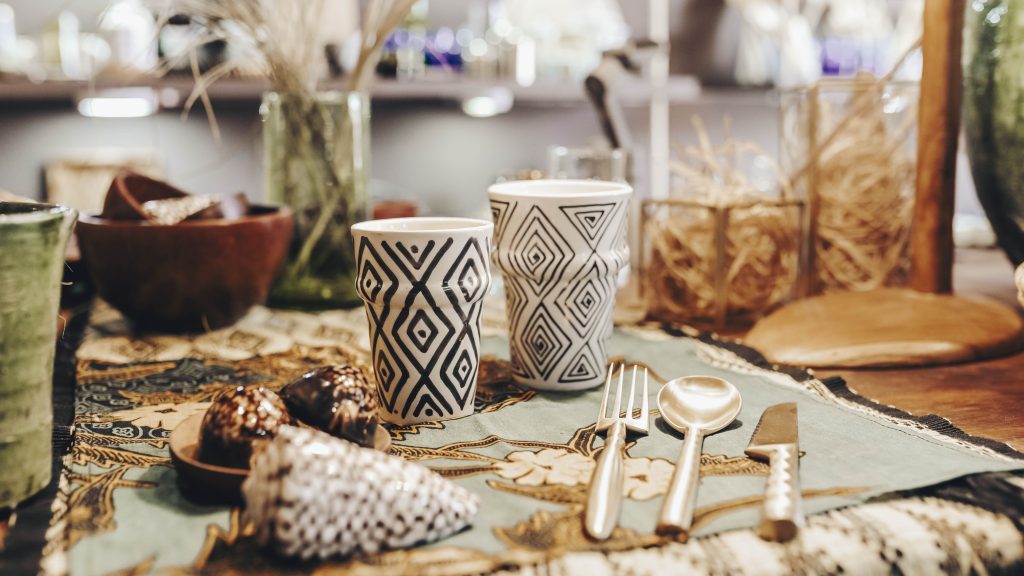
Azalai Nomad Living
The industrial neighborhood of Sidi Ghanem is about 20 minutes away from the medina, and has become the epicenter of modern Moroccan design. Azalai Nomad Living is a well-curated home-goods store owned by Khouloud Belkahia. Belkahia used to own a glass-making factory in Morocco, but got bored of the retread of traditional teacup designs and began updating glasses and plates into more contemporary and interesting designs. From handmade bowls with acid-green glazes to modernized Moroccan teacups, the pieces here are covetable. Belkahia also recently opened an intimate restaurant and shop in Guéliz, Azalai Urban Souk. She’ll happily transport goods between the two shops for customers.
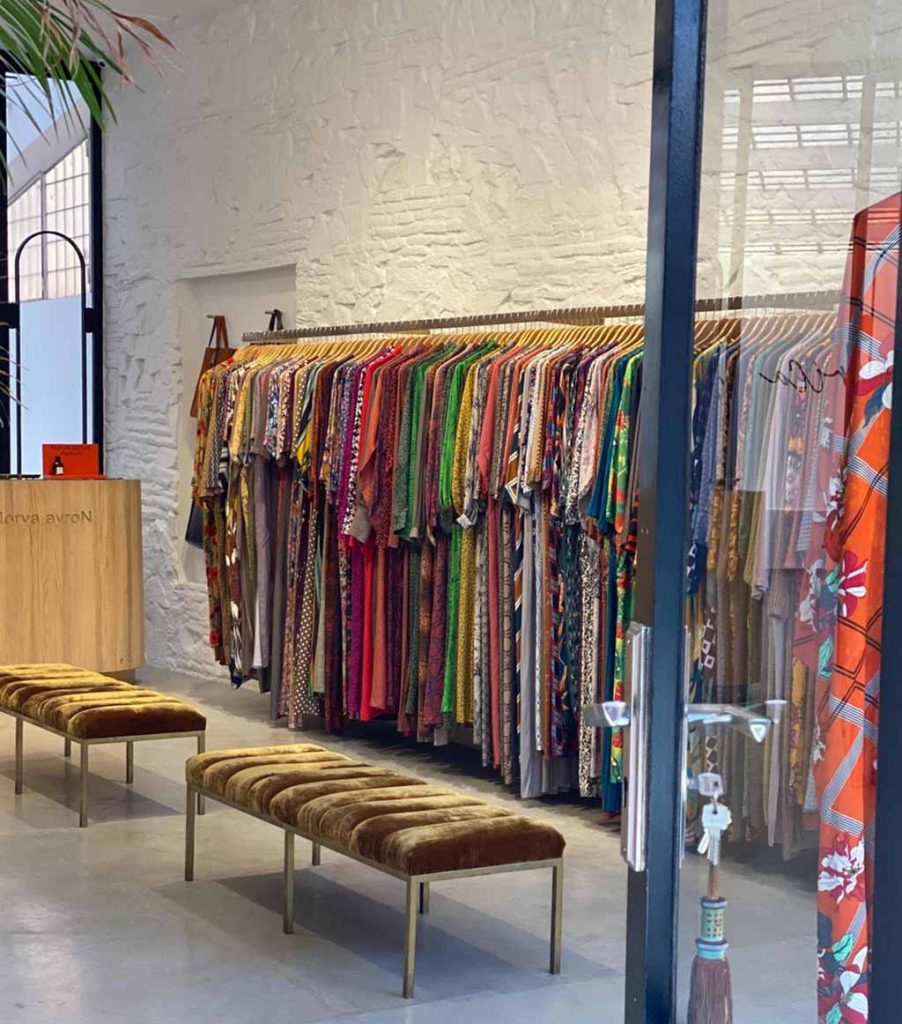
Norya ayroN
For colorful kaftans, jumpsuits and abaya-style garments with a decidedly European flair, Norya ayroN opened a second location outside of the medina, this time in Guéliz. Local seamstresses sew the original designs in a bright, airy space downstairs in the new shop. Owner Norya Ayron sources fabrics from all around Africa and Europe, and the shop itself is a swirl of patterns and colors.

Yassab Floral Design
Sabrina Mahi (the floral designer at La Mamounia) recently opened her own shop in a quiet courtyard off a side street in Guéliz. Beside the expected floral arrangements, everything sold here is somehow connected to florals, from recipe books using flowers as ingredients in Moroccan style to soaps and candles crafted using local flowers. It’s a soothing place, and Mahi is super-friendly, a good source of local lore and somebody who is absolutely zealous about local fauna.
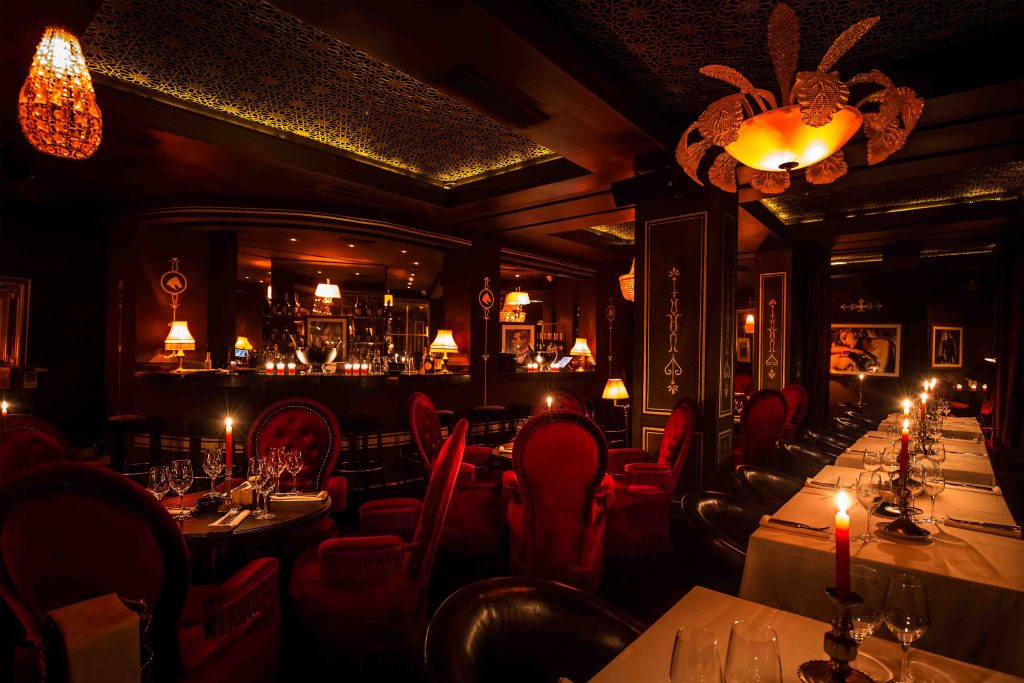
Le Palace
At Le Palace, where everything from the French-inspired food (and the prices) are over the top, the opulent decor is matched only by the clientele. The lighting throughout the space is rich and warm, and the owner, Nordine Fakir, credits it for much of the restaurant’s success. Most diners begin the evening sitting inside, but then make their way to the boudoir-esque basement, festooned in photos of Yves Saint Laurent, and where dancing on the furniture goes late into the night.
Hero image courtesy of Riad Sakkan



